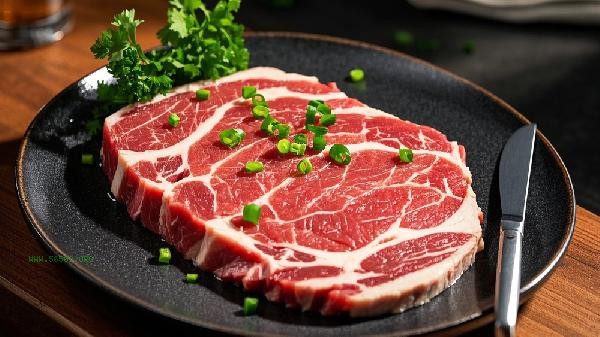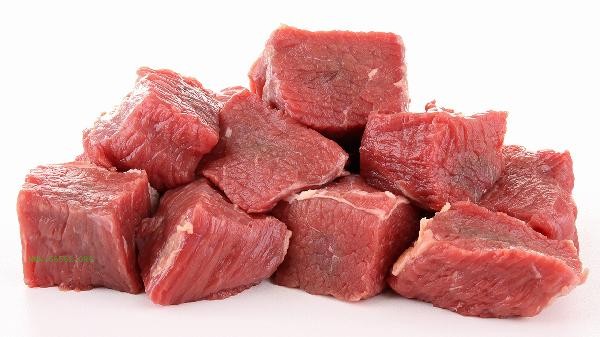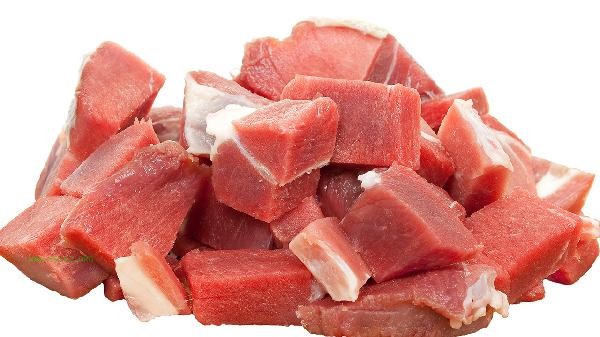The key to making beef soft and tender lies in the selection of ingredients, pre-treatment, and cooking techniques. There are mainly methods such as selecting suitable parts, cutting into pieces with reverse lines, pre curing, controlling the heat, and using acidic seasonings.

1. Choose the appropriate location
Beef brisket, ribs, tendons and other connective tissue rich areas are more suitable for long-term stewing. These parts contain a lot of fascia and collagen, which will be converted into gelatin after sufficient heating, making the meat soft and tender. The muscle fibers of the tendon muscles in the front legs are thicker but the fat distribution is uniform, while the tendon muscles in the back legs are thinner but require longer stewing time.
2. Reverse texture cutting
Cut beef into 3-5 cm square blocks against the muscle texture, which can effectively shorten the fiber length. The visible white patterns on the surface of the meat block indicate the direction of muscle fibers, and the cutting edge should be perpendicular to these patterns at a 90 degree angle. Larger pieces of meat need to be cut to the size of mahjong tiles to ensure even heating.
3. Marinate in advance
Marinate with cooking wine, light soy sauce, and a small amount of baking soda for more than 30 minutes. Baking soda can alter the protein structure of muscles, adding 1 gram per 500 grams of meat is sufficient. Adding a little papain or pineapple juice can also help soften the meat, but the pickling time should not exceed 2 hours to avoid affecting the taste.

4. Control the heat
Boil on high heat first, skim off the foam, then turn to low heat to maintain a slight boiling state and stew. Using a clay pot or cast iron pot can better maintain a constant temperature, and the water level should always be below the meat chunks. The ideal effect can be achieved by pressing the pressure cooker after 25-30 minutes, while ordinary cookware needs to be stewed for 1.5-2 hours.
5. Adding hawthorn, vinegar, or tomatoes when stewing with acidic seasonings can accelerate meat softening. Acidic substances can break down protein in muscle fibers, so 2-3 slices of hawthorn or 15 milliliters of vinegar are recommended for every 500 grams of meat. Tannins in red wine also have a similar effect, but they need to be added before juicing to avoid bitterness. After stewing, turn off the heat and let it simmer for 30 minutes to allow the meat to fully absorb the broth. Refrigerate overnight and reheat for better taste. The collagen formed by collagen will make the soup thicker. Paired with root vegetables such as radish and potatoes can enhance the flavor level, but it needs to be added when beef is stewed to 70% cooked. Pay attention to controlling the timing of salt addition. Adding salt too early can cause the meat to shrink and harden. It is recommended to season during the juicing stage. Using these techniques can ensure that beef achieves a melt in the mouth effect while retaining rich nutrients.









Comments (0)
Leave a Comment
No comments yet
Be the first to share your thoughts!